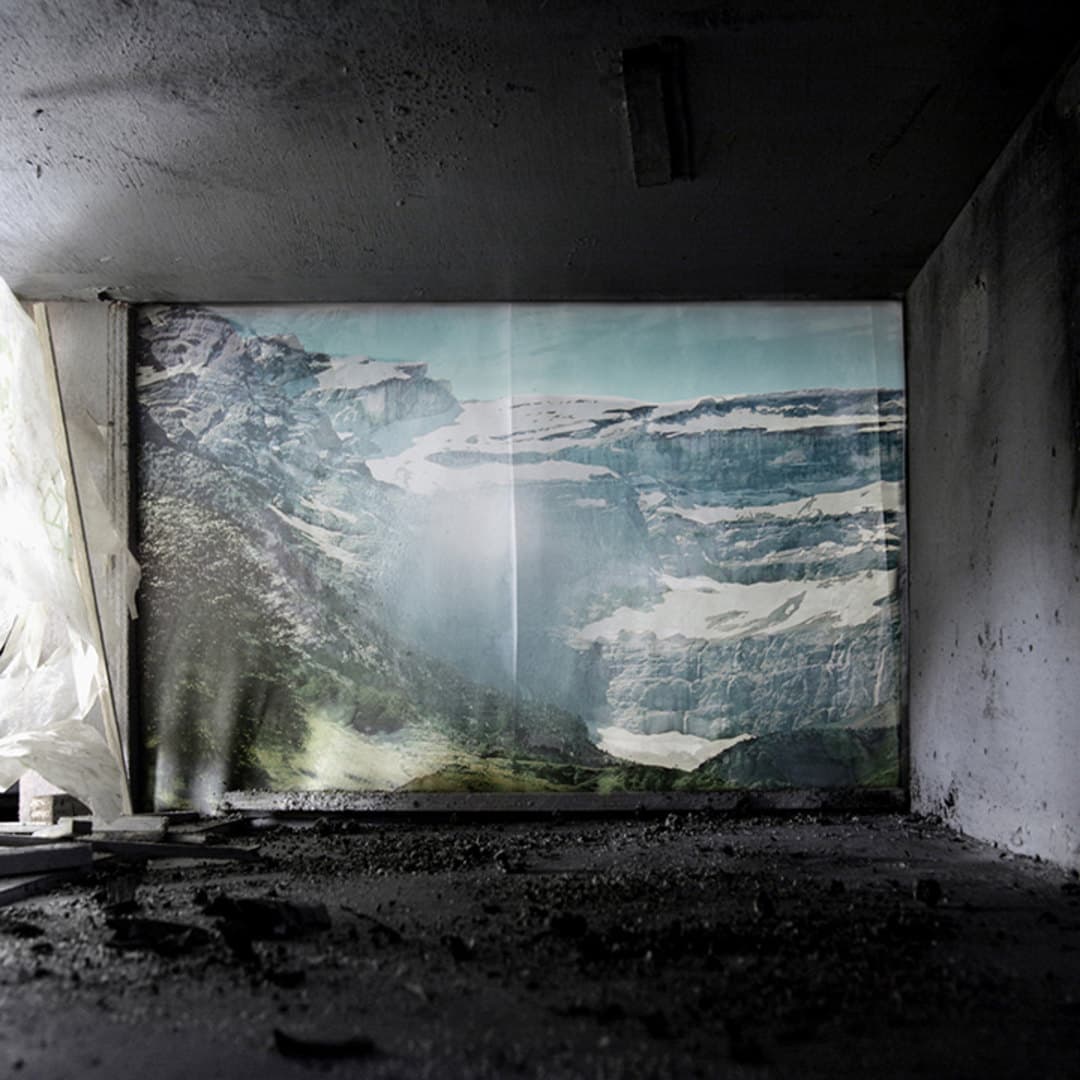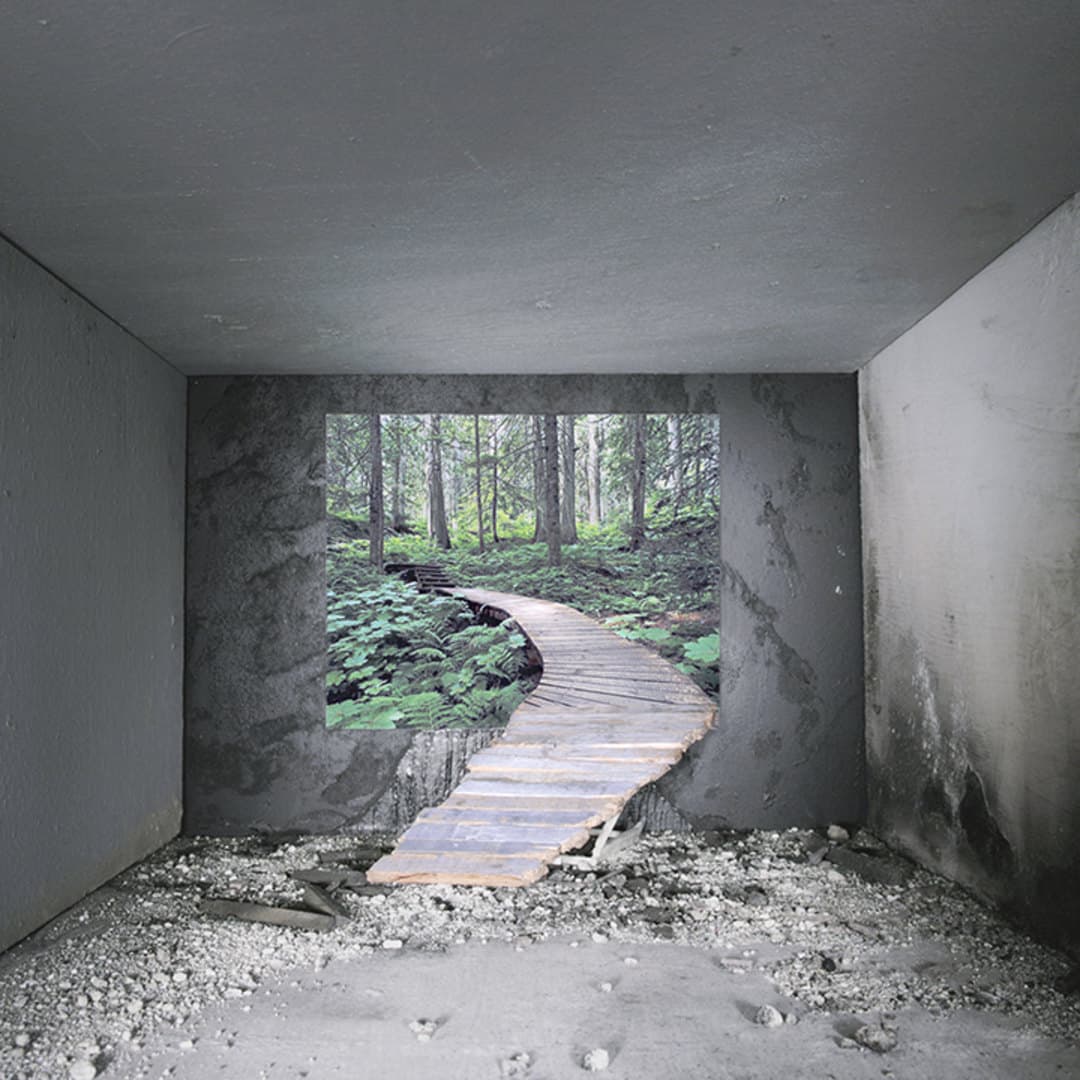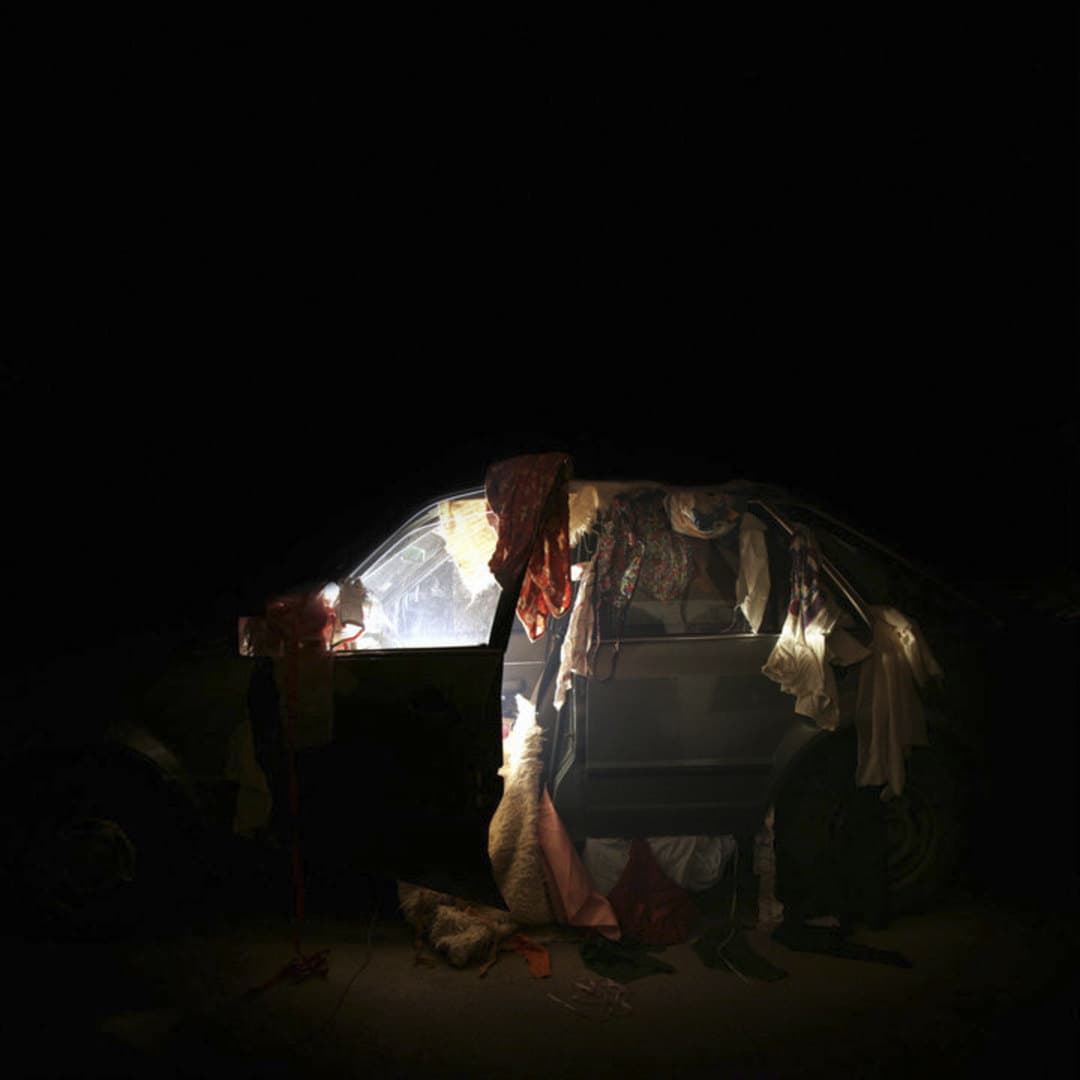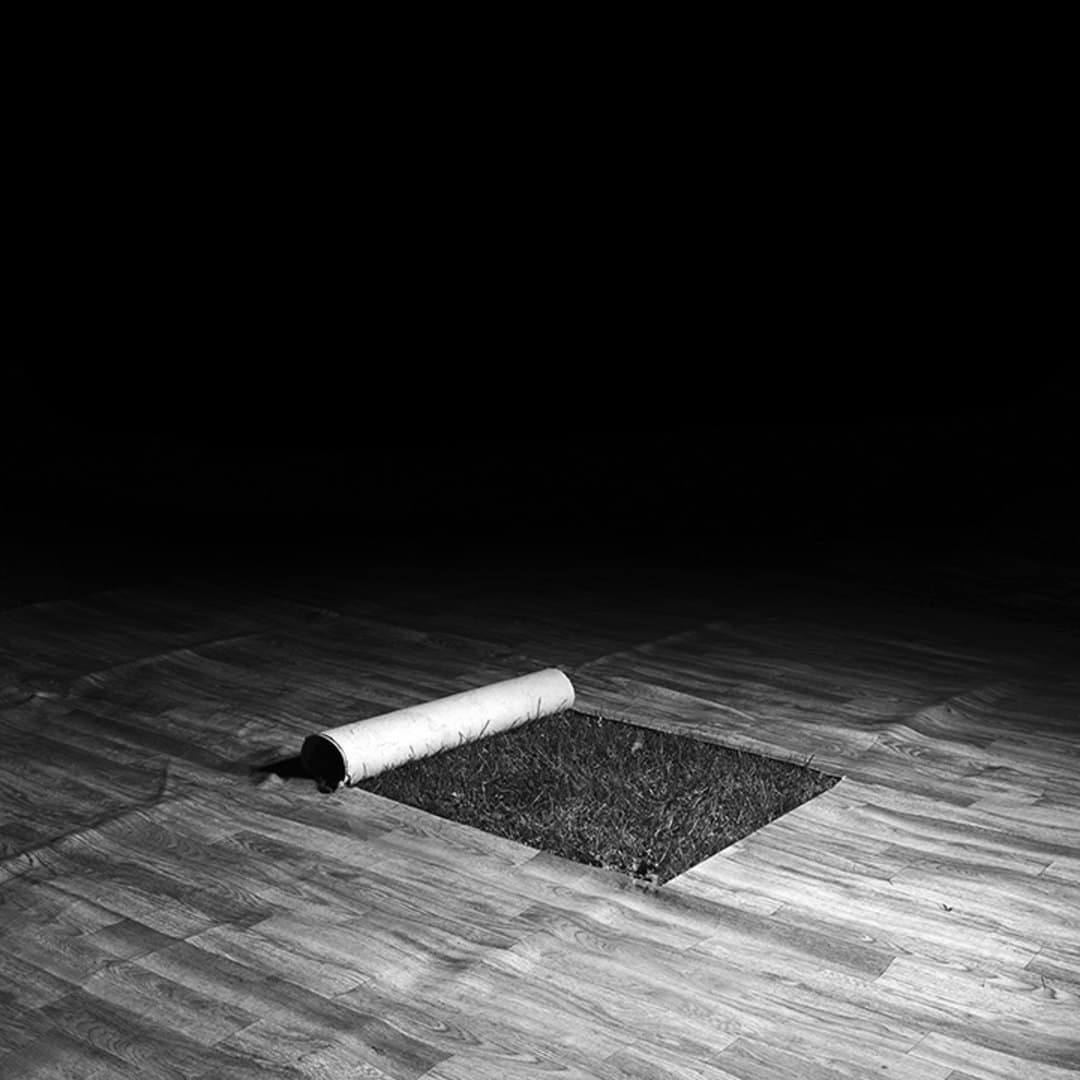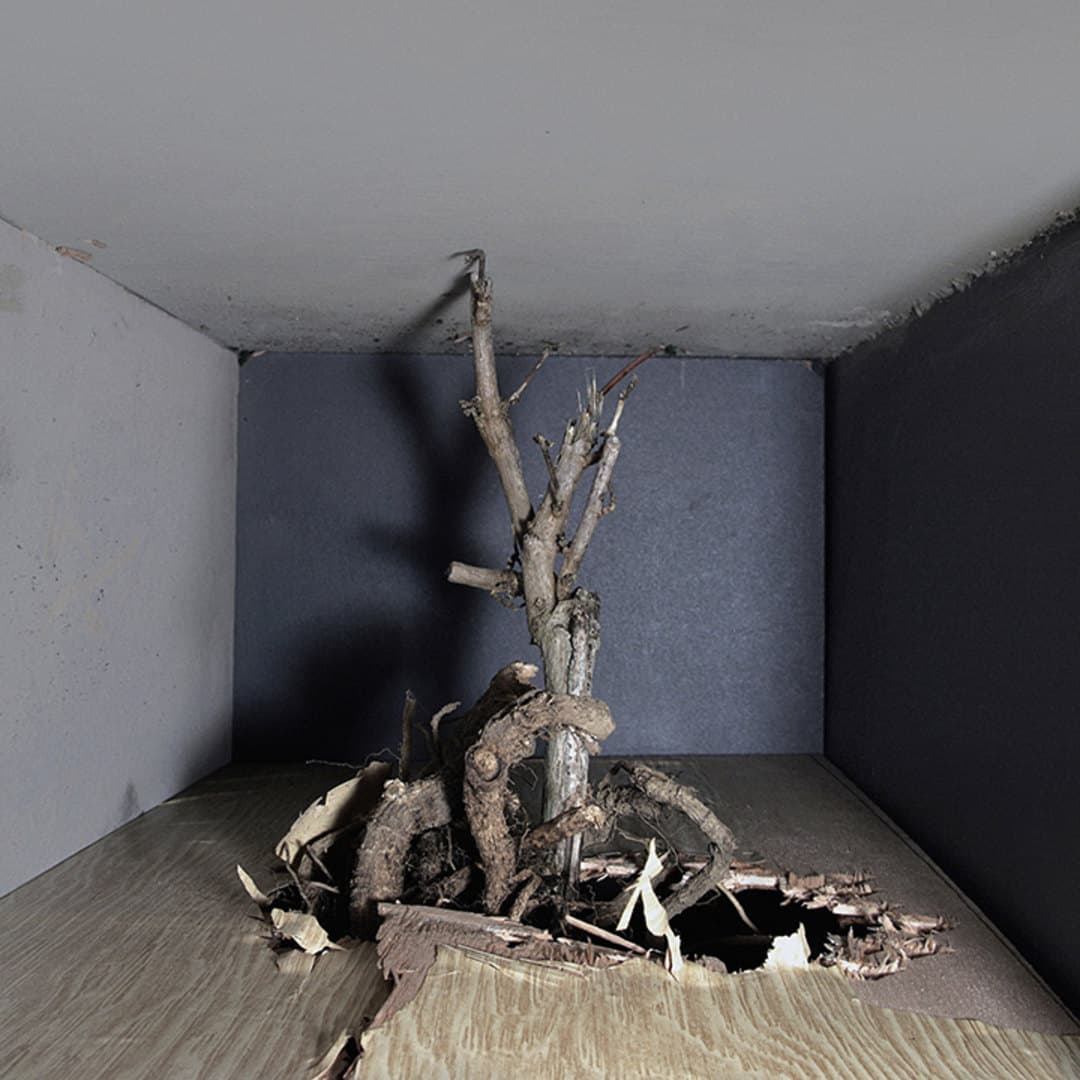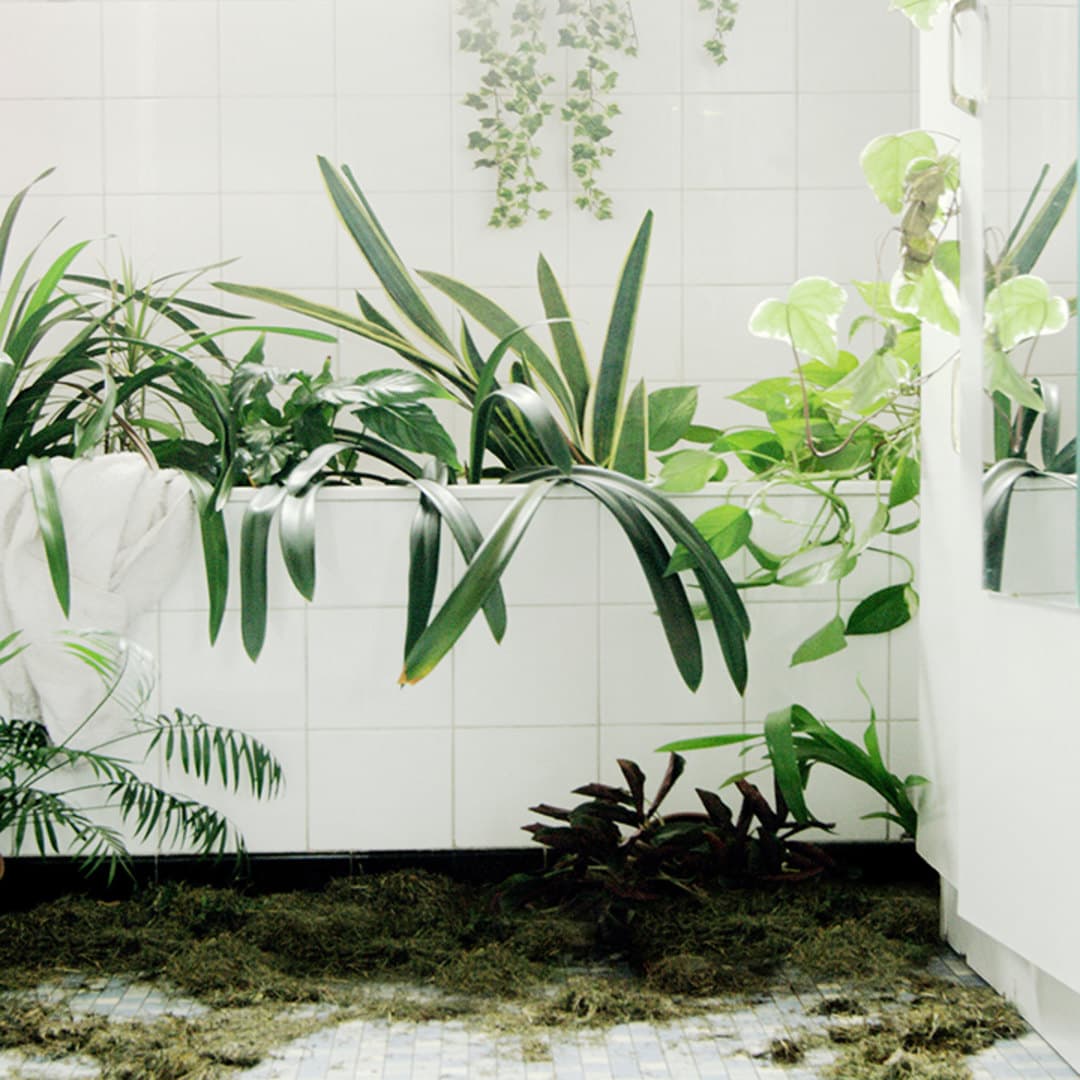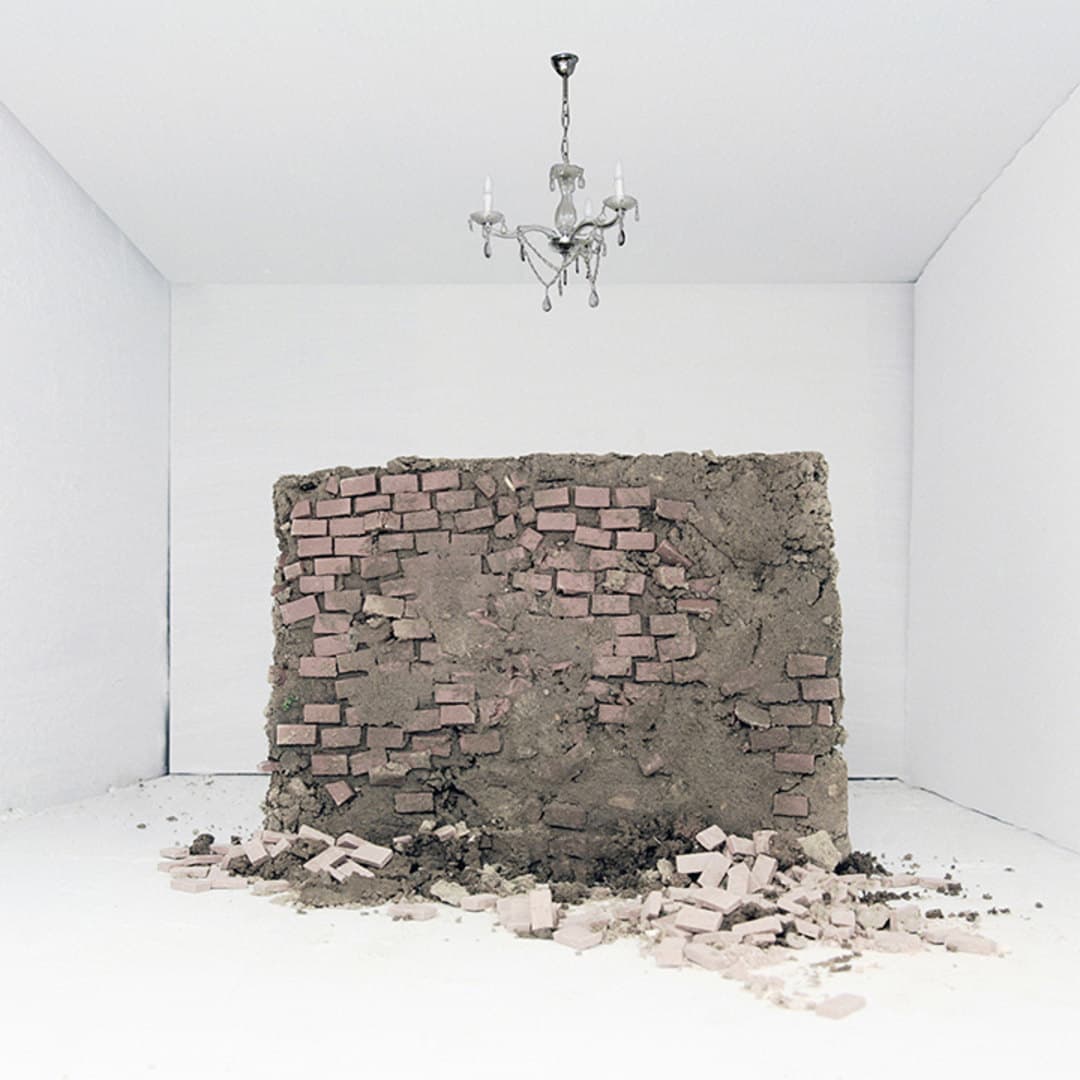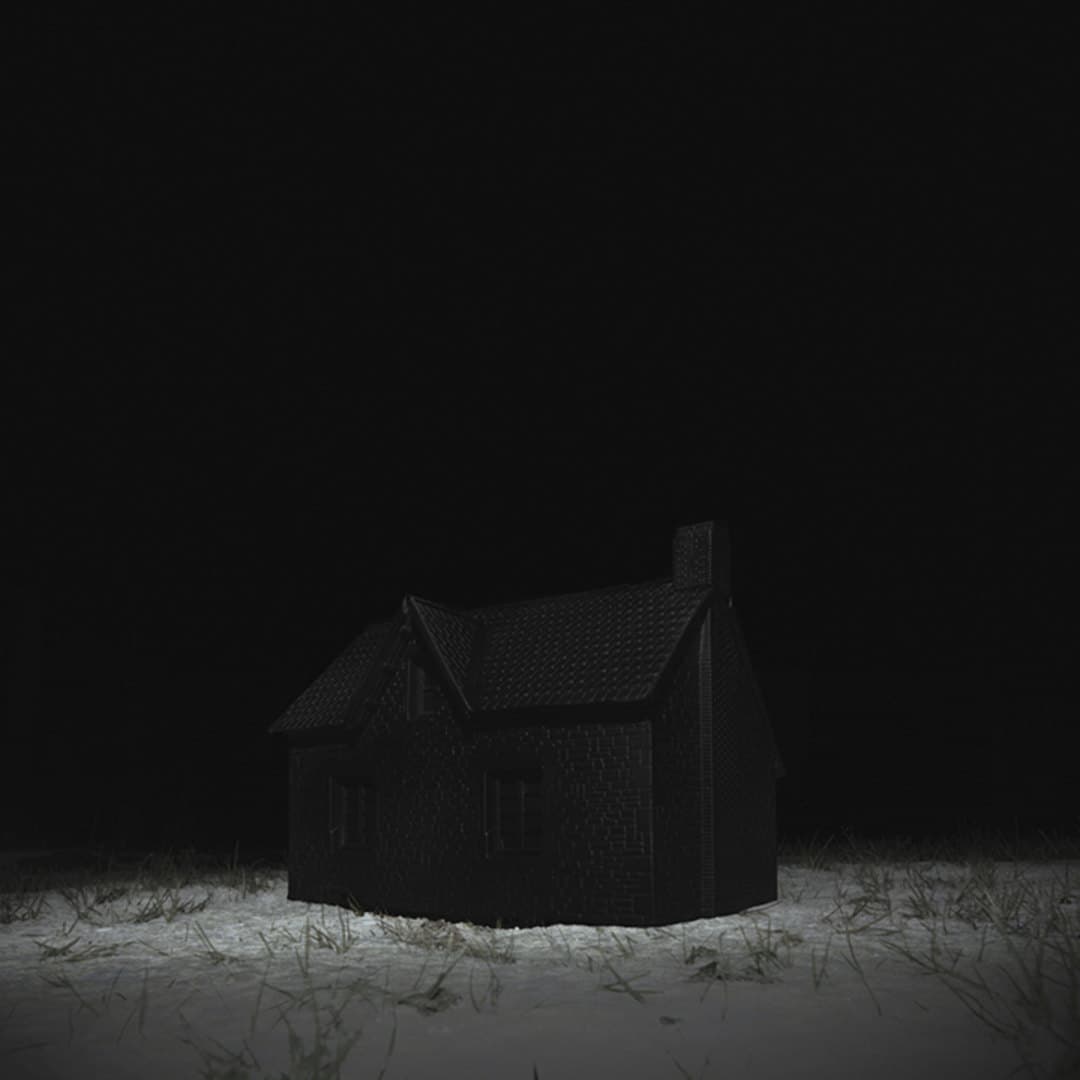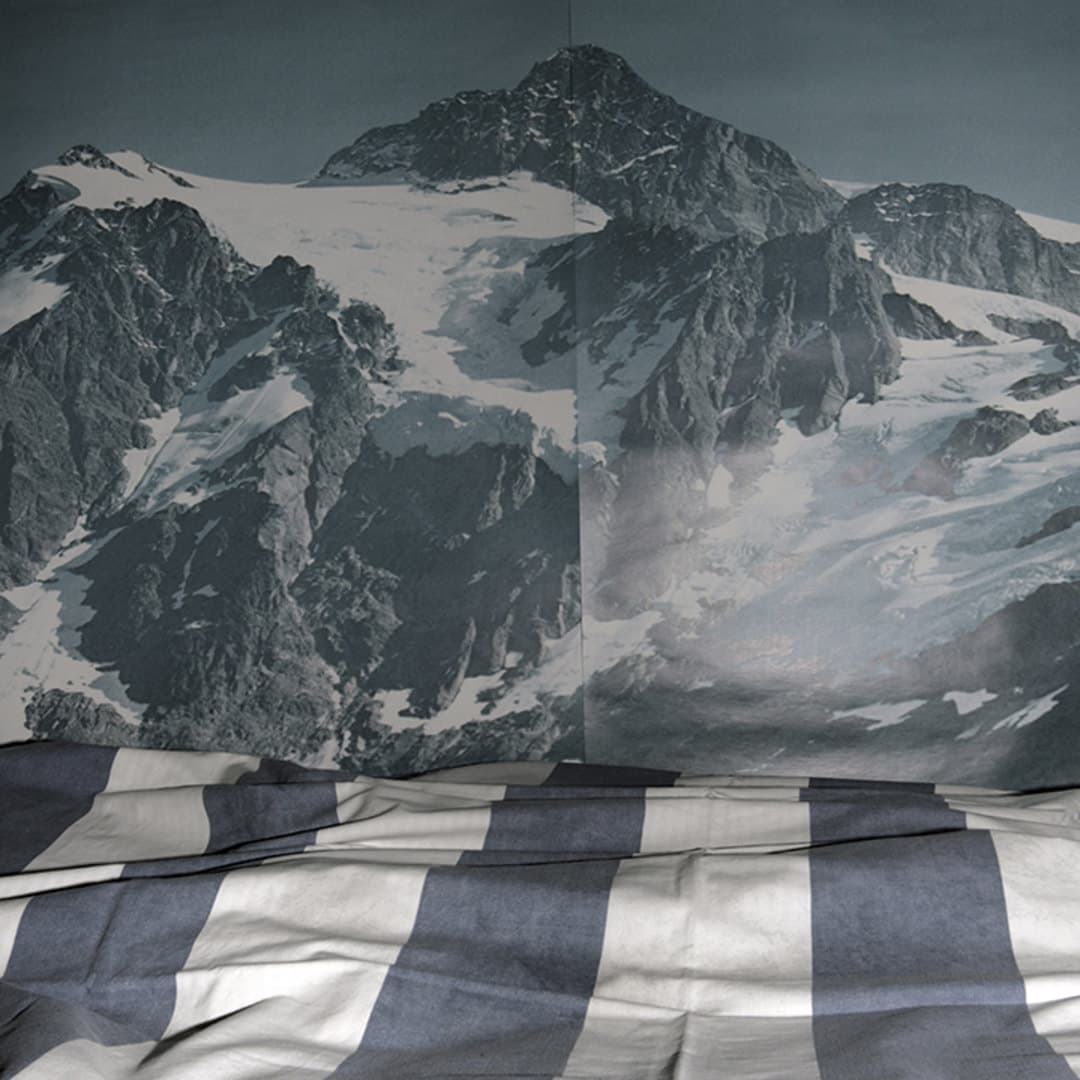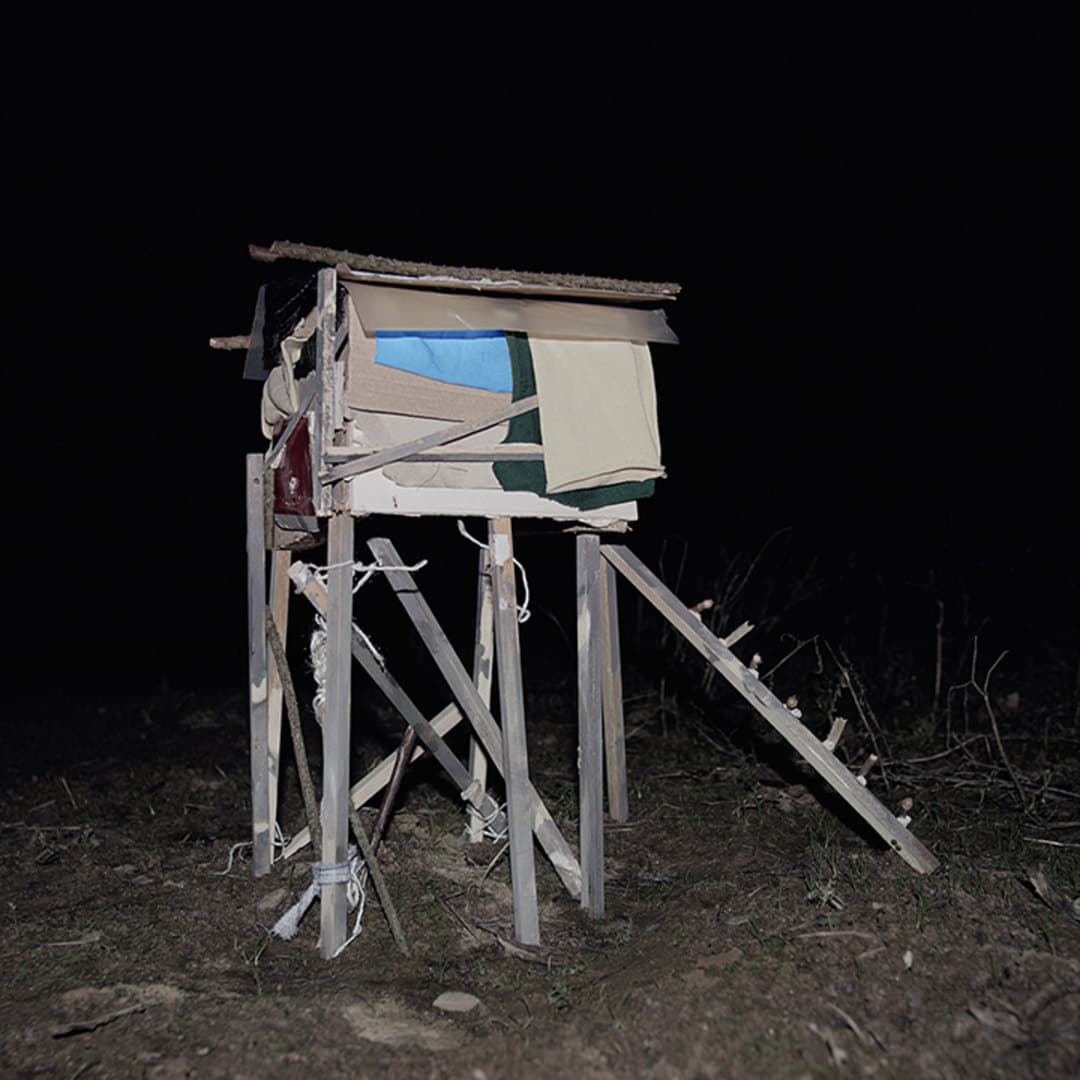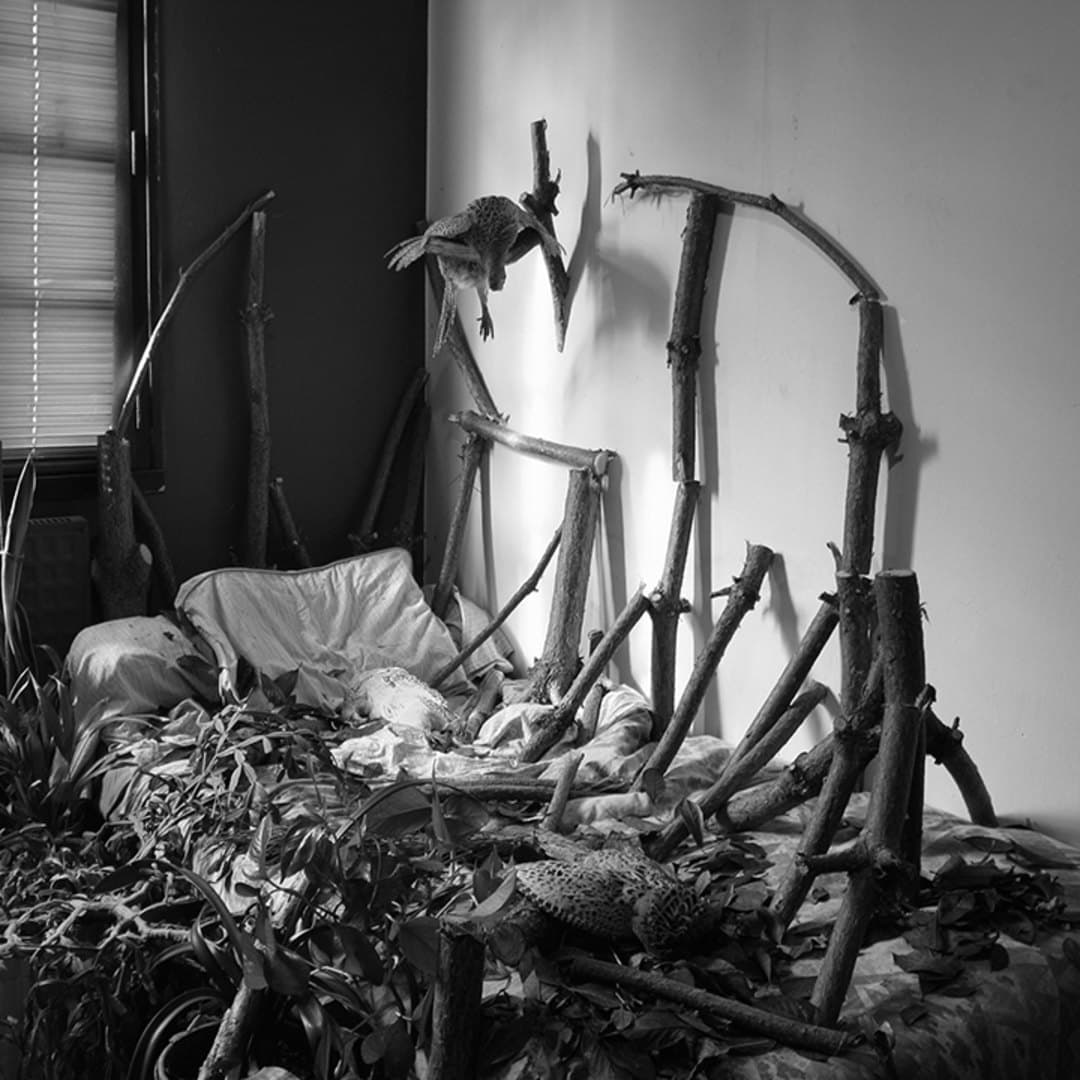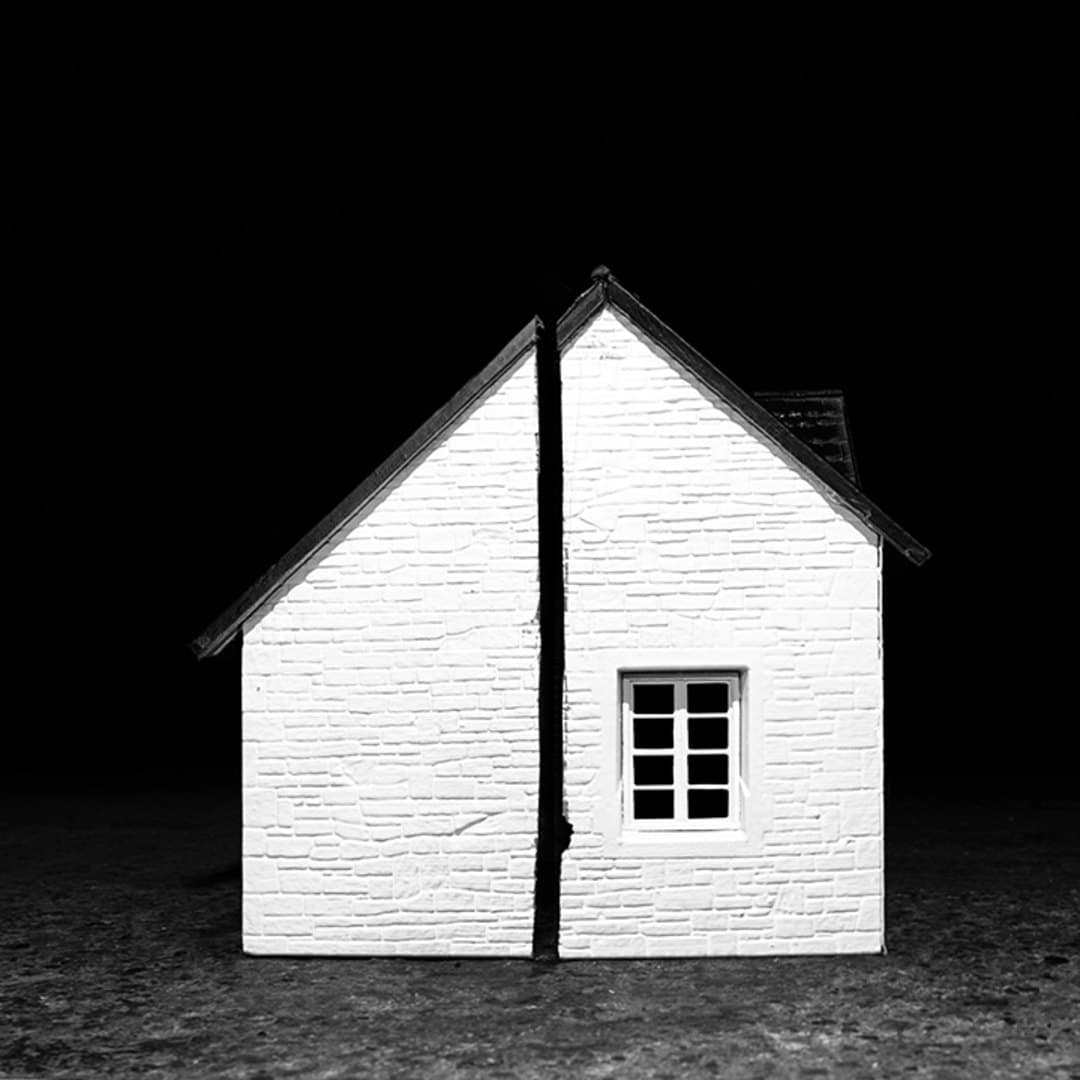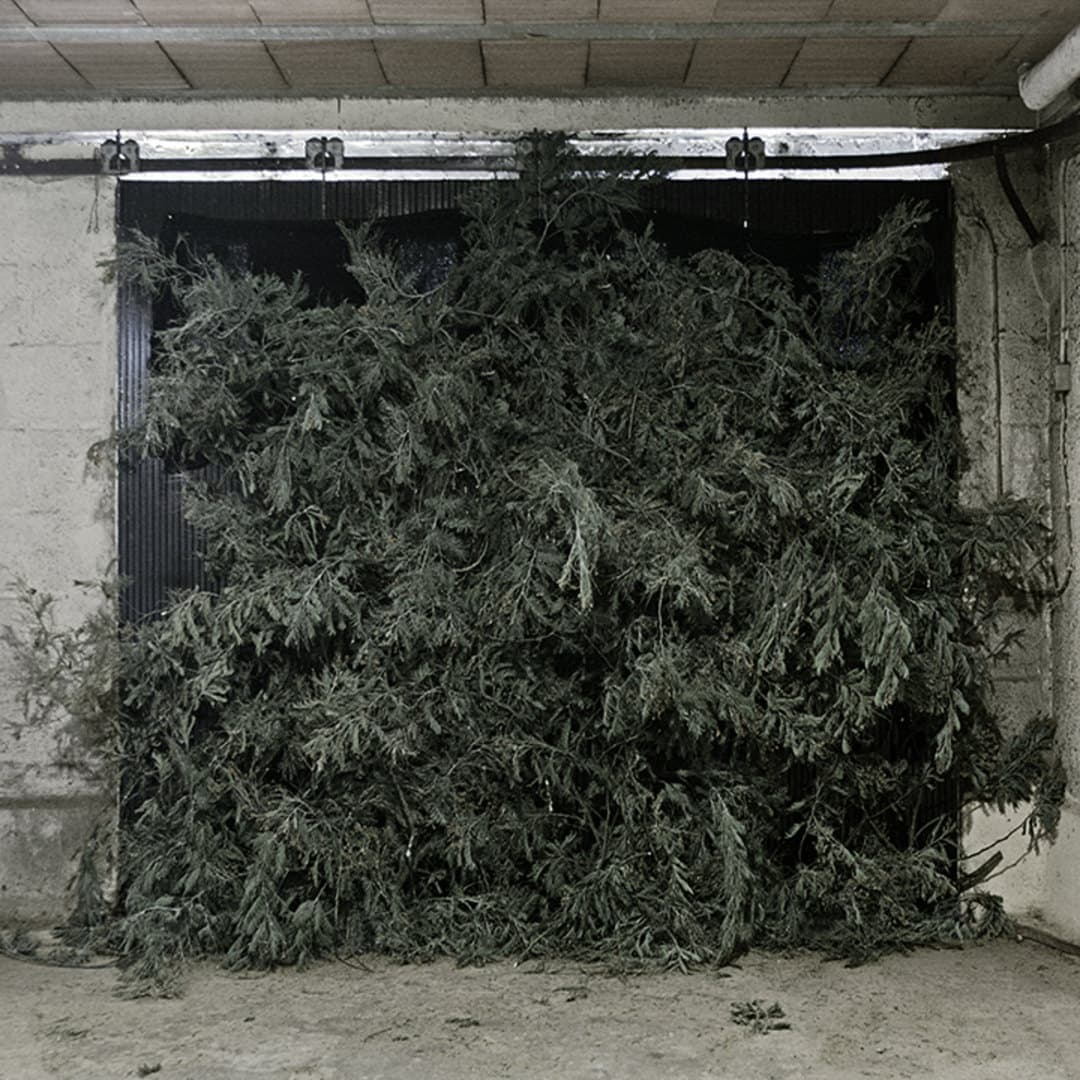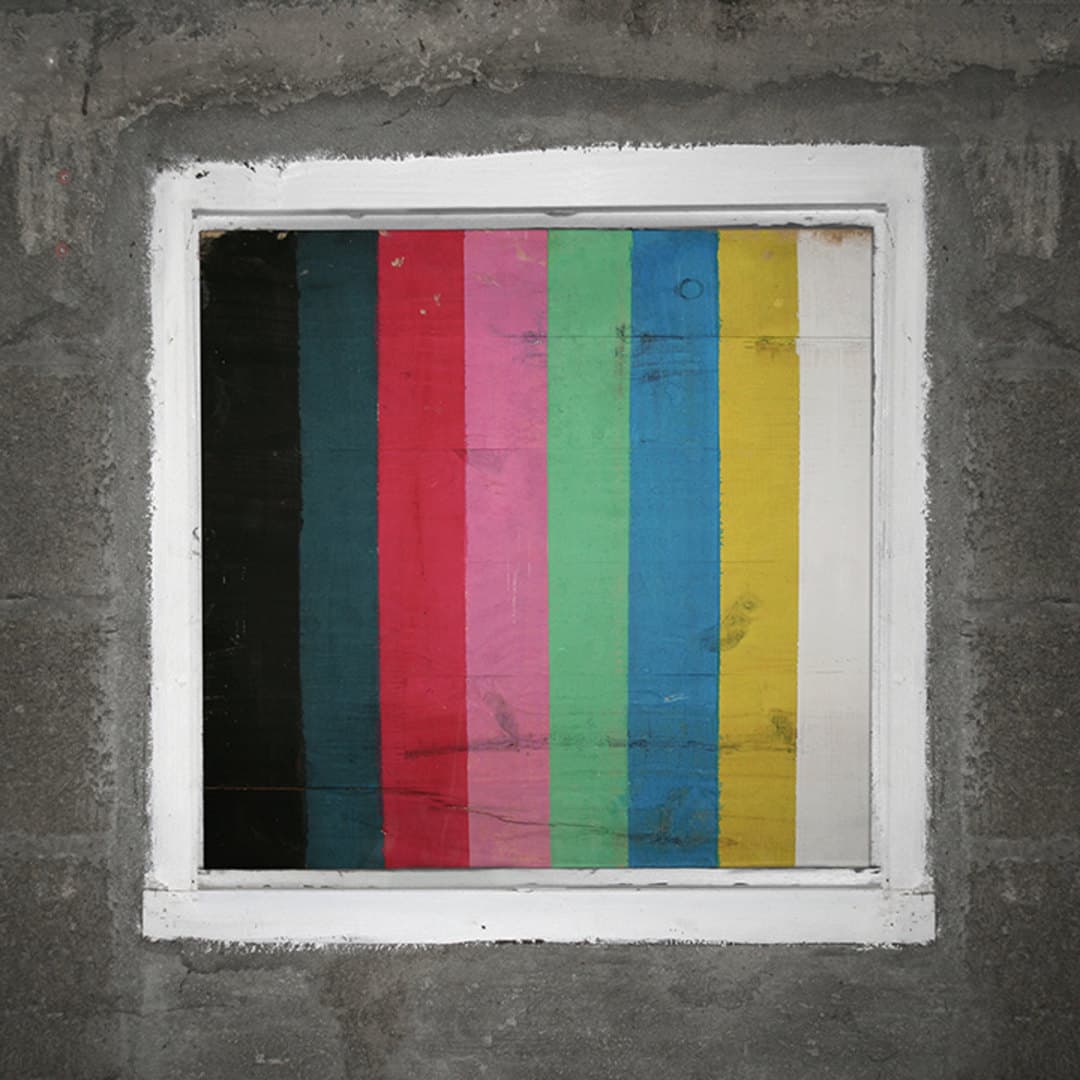Photography is a paradoxical means of expression. On the one hand, it is accessible to all and on the other it is an artistic practice. Indeed, the world is full of photographic images: from the simple family album to the world of advertising, including the press; our force-fed eye knows no respite, our sight is constantly carried away by the swell of images, our point of view drowns – it becomes tragically diluted in the visual whirlpools around us. And despite it all, there are still artists whose boldness adds to this magma by introducing new subjects, ideas and ways of seeing and representing. And suddenly, something happens: a photograph emerges from chaos, takes on a shape, swells with singular might – and embeds itself long-lastingly in the visual realm. This experience – close to revelation – varies, in my opinion, from one individual to another. As for me, the work of Michel Le Belhomme led to this fascinating encounter. But how did it come about?
First of all, his pictures are definitely mysterious. If one lingers on them, they bring about more questions than they provide answers: what do we really see? A place, fine. But is it a real place our a reconstitution, or better yet the construction of a scale model – and on what scale? Is it a shot of a fragment of the world as we know it or a clever staging? How much preliminary elaboration is there? Where the heck are we? Then, there’s this white light, ringing like a pale echo from one image to the next. This clarity helps us to distinguish what is shown and also acts against perception as it crushes the depth of field. There’s something strangely blinding about it. And finally, there’s the awkward feeling gaining on our sensors: a feeling of confinement. We’re trapped… where’s the exit? That’s just it, we are in it, and there is no way out! Rooms without doors or windows, or whose exits have been voluntarily shut, such as the double window turned into a dark opaque chocolate bar that bizarrely echoes the “waffled” wall of the radiator just beneath it. And the mountain-view setting of a room apparently burned is but a trompe-l’oeil blocking our view; a makeshift cabin looks more like a barricaded watchtower than a feat of architecture by children builders; a «root-tree» bursts open the floor of a blind cell but its irruption only adds to the feeling of claustrophobia rather than favour an attempt to flee – it’s actually an invasion!
Now that their fascinating form has captured us, what understanding can we draw from them? First, we shall slide easily from a place represented to an imaginary place – I mean that these spaces that can, in theory, contain us, become spaces we contain. Those seemingly protective refuges, those precarious shelters, those homes diverted from their role of safety, are nothing more than rickety boxes in our troubled mind – they are mental boxes. Mental worries of the individual constantly torn between the desire to open himself to the world and explore it and the fear of being hurt or destroyed by its contact. Then, we notice great distress in the images of Michel Le Belhomme. We arrive on the scene after a catastrophe has taken place creating a certain traumatism. Everyday spaces have been vandalized by natural (the root tearing through the floor) or artificial forces (the obstruction of the window), or both (fire: accident or arson?). Where thus is one to find hope in this desolate universe? Fascination for these photographs is therefore a result of their strange form as well as their ambiguous discourse. Opposing forces create a dynamic tension that crosses these falsely static places: emptiness and fullness, loss and profusion, outer and private, dream and nightmare, order and chaos, freedom and confinement, etc. This work is indeed pertinent because of its power of suggestion – for nothing is said directly – which takes us from the personal anecdote to the existential anguish that is more universal: no one is safe from the swell that can carry us both towards reason and towards delirium.
Beware of the inner storm!
Eric Van Essche, ISELP director, associate professor at ULB and Art History professor at La Cambre.

